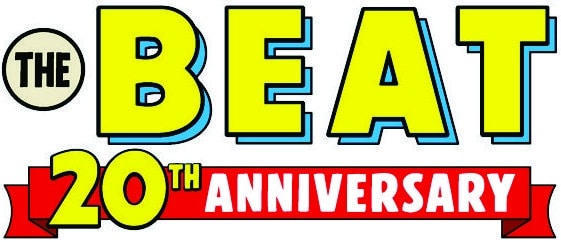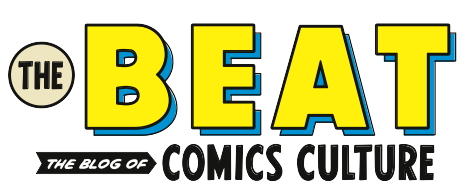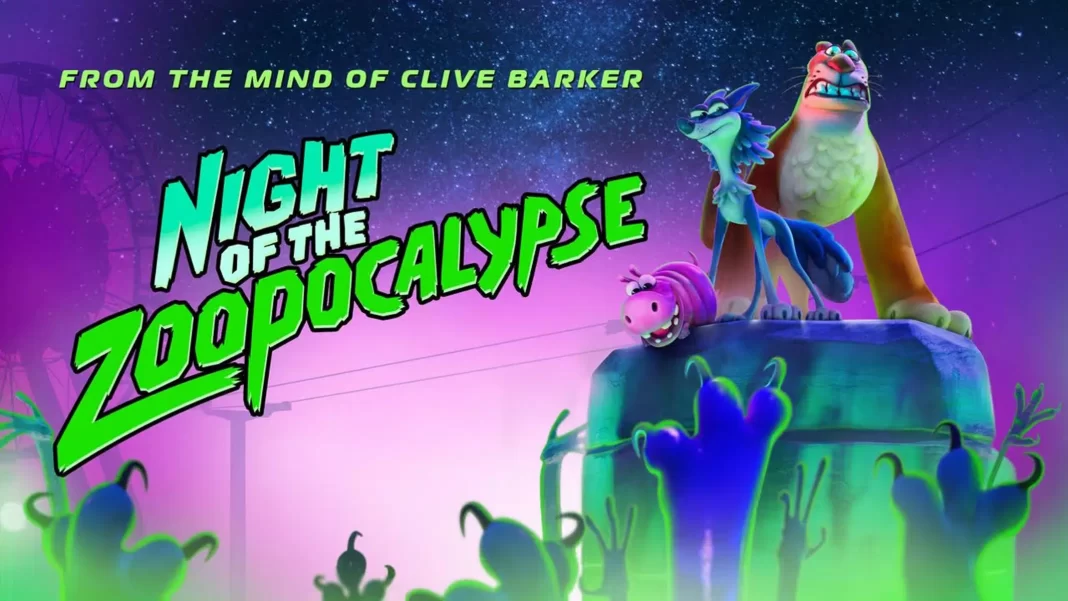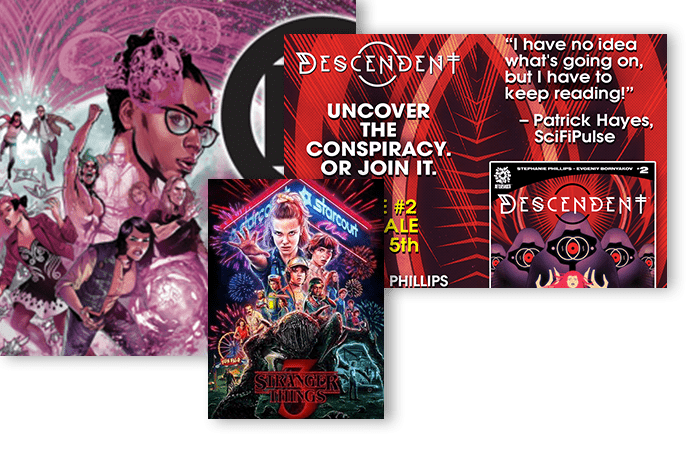Kids horror contains a sizeable selection of movies that have the capacity to create lifelong fans of the genre. Nineties kids in particular had it good with the likes of Halloweentown, The Nightmare Before Christmas, The Witches, Casper, and Hocus Pocus among others. These weren’t movies that were incidentally scary either, like Willy Wonka and the Chocolate Factory thanks to its weird Oompa Loompas and disappearing kids or The Wizard of Oz because of the witch and her flying monkeys. They were horror movies for younger viewers from the start.
The good ones treat horror tropes seriously, adapting them to age-appropriate sensibilities without turning them into gimmicks that shed the genre’s stylings halfway through for another coming of age story or a generalized comment on the importance of family (themes that have been done to death in YA and early age storytelling). Monster House (2006), for instance, is a good example of kids horror done right. It commits to the idea that homes always have the potential to become places of trauma and fear due to the actions of the people who lived in them. It’s about troubled pasts and how pain latches onto the spots we grew up in. The movie sees this idea through to the end while never shying away from the titular promise of, well, monstrous houses. It has a bit of ‘coming of age’ and family drama in it, but it’s not overriding.

Night of the Zoopocalypse (directed by Rodrigo Pérez-Castro and Ricardo Curtis and based on an unpublished Clive Barker story) is the latest entry into this line of movies, and it’s easily one of the best examples of it in recent years. It resorts to the ever-reliable concept of talking animals to tell a story about teamwork, trust, and finding in unlikely allies the means to survive the apocalypse. It takes place in a giant zoo amusement park called Colepepper Zoo. A young wolf called Gracie (Gabbi Kosmidis) steps out of her enclosure after a pinkish meteorite crash lands on the park causing all kinds of destruction. The meteorite ends up in the petting zoo, where a small bunny gets infected by it and turns into a mutated version of itself with fangs and claws to match. A simple bite turns an animal into a fellow mutant, complete with green glowing eyes and a burning need to infect the other mammals in the zoo.
Gracie is thrust into a tumultuous partnership with a mountain lion called Dan (David Harbour) and together they try to find a way to survive while figuring out how to reverse the mutation. Problem is, Dan sees the crisis as a chance to leave the zoo and return to the wild. Gracie wants to make sure everyone is safe first before any other consideration. As more animals join the group, though, paranoia sets in, and establishing trust becomes a bigger problem than the mutated animals roaming the park. If this gets to be too much for kids to follow, there’s even a lemur character called Xavier (Pierre Simpson) that constantly chimes in to explain story structure and plot developments.
Right off the bat, horror fans will recognize the setup as classic George Romero zombie movie. More specifically, it reminds of Night of the Living Dead and its focus on the risks that a group of characters assume simply by not trusting each other. In fact, one of the supporting characters in Zoopocalypse is a stubborn and selfish proboscis monkey called Felix that’s only out for himself in a manner not unlike that of the character of Harry in Romero’s classic, the one who spends most of his screentime trying to convince everyone to lock themselves in the cellar and ride the zombie apocalypse out till someone saves them.

Because the animals live in their own enclosures and don’t interact with each other regularly, they’re wary of the other’s intentions and choose to err on the side of distrust. Couple that with the constant reminder of the natural order of things and where each animal falls on the food chain and you have a uniquely clever way to put a spin on the zombie story that accentuates the metaphors the subgenre’s known for. They’re fighting against their own natures to trust one another, but that they’re even trying is a powerful statement on what we should be able to do with ease as humans.
In a nutshell, Zoopocalypse uses the tried-and-true Romero formula, adds talking animals to it, and throws in meaningful ideas to teach kids the kinds of valuable lessons that horror has been putting out there for years. And it stays true to the genre till the end, complete with mutant creature designs that are appropriately disturbing to its target audience.
This last point bears emphasizing. The creature designs take a page out of John Carpenter’s The Thing for some truly menacing beasts that look and feel dangerous. They get dismembered with ease, but they can put themselves back together. No guarantees each piece will go back to its original socket, though. It’s funny and still within the realm of cuteness, but they also don’t look cuddly. You wouldn’t want to be around Zoopocalypse’s version of a mutated gorilla. It might be quick to lose its head, but there’s always an arm or a leg lying around to replace it with.

The movie has its fun, but it makes sure to paint the situation as a very scary thing. It respects the young audience’s suspension of disbelief to communicate a hard-hitting fact: no matter the age, terrifying things do exist and they can come after you. That said, it also reminds everyone that there’s strength in numbers and that putting your trust in others is your best chance of survival. It’s a lesson no other genre gets across as well as horror does.
Night of the Zoopocalypse is an early education in horror. Kids will get a bit of Romero, a bit of Carpenter, and a few Aliens references here and there to immerse them in a world so many of us love already. They’ll be able to pick up on the genre’s language and some of the tricks it pulls to scare fans. More importantly, they’ll want to watch more of it. And there’s no better sign of good education at work than seeing kids wanting to learn more.










